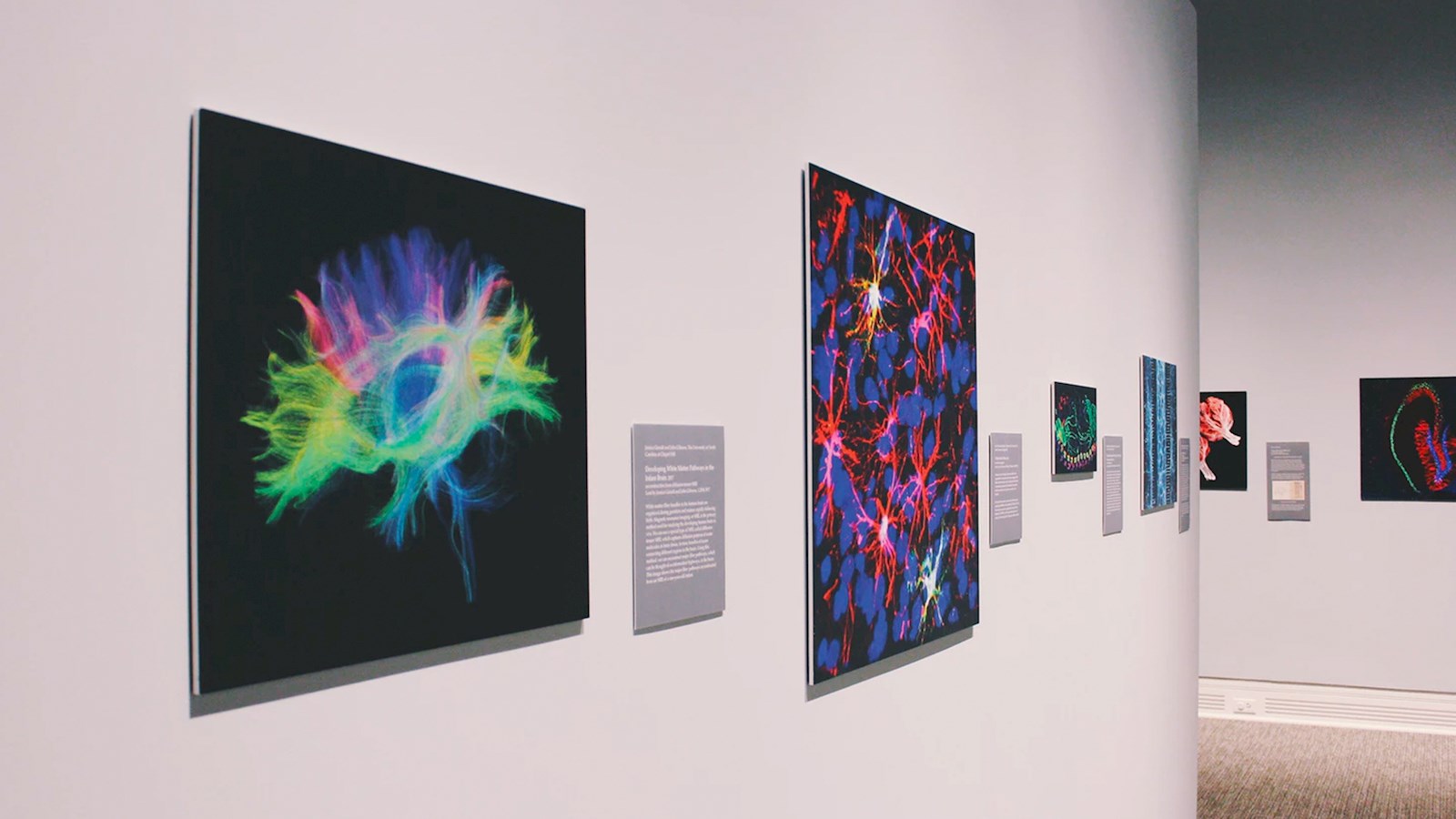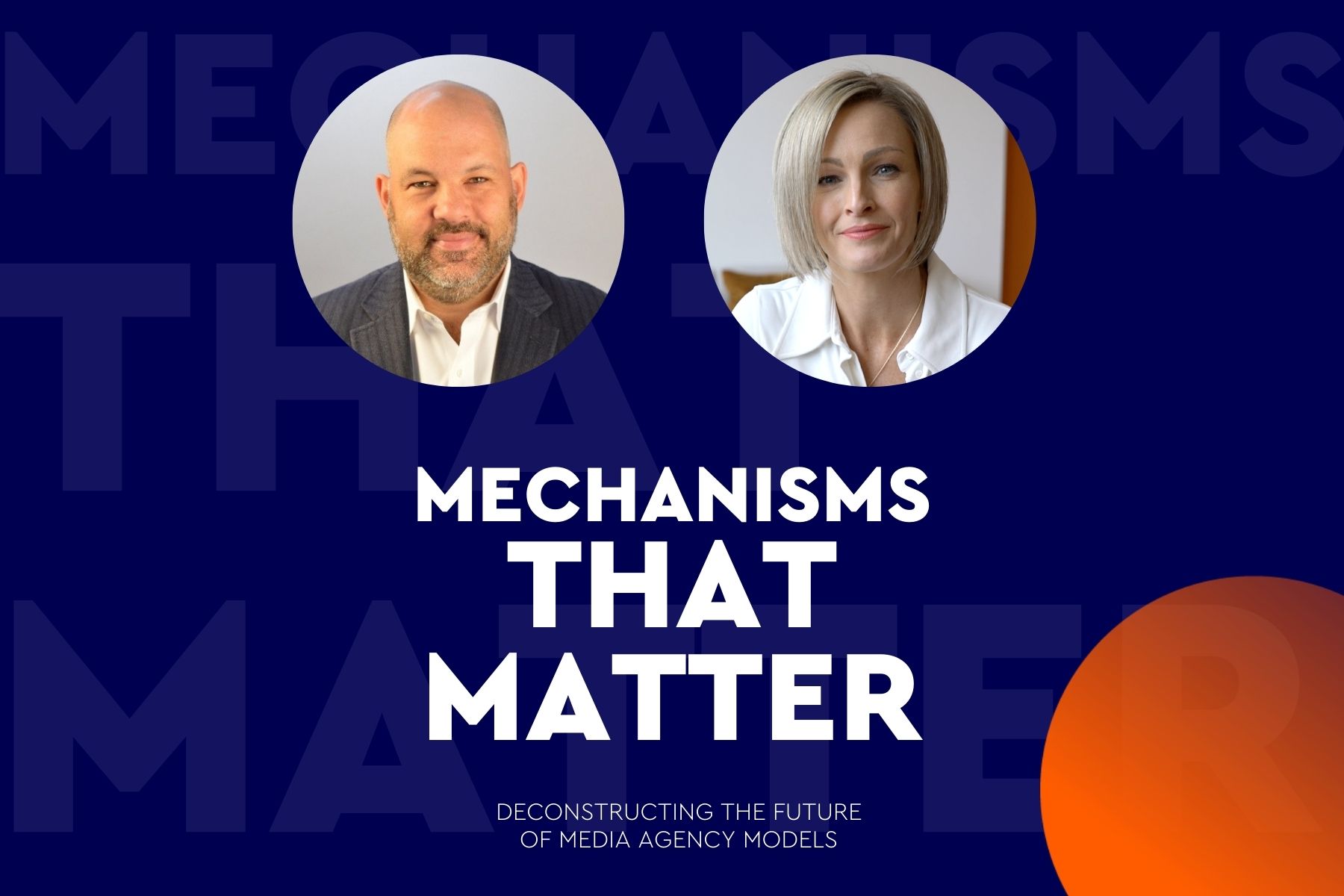
How neuroscience can help us become better communicators
Understanding the science behind visual bias to create more impactful branding
Neuroscience is no longer regarded as merely an interesting sideline subject – it is now widely recognised as a proven and powerful tool. We tend to focus either on different technologies and how they can be used in research and evaluation; or on learnings from behavioural science, such as framing, anchoring, and loss aversion, which can help nudge people towards taking actions.
As designers, we see added opportunities for neuroscience.
According to research, it takes the human brain just 13 milliseconds to start processing an image, but as long as 400 milliseconds to read a word and understand what it means. In fact, our brains are so heavily geared towards what we see, that interpreting visuals can override both rational consideration and even our other senses.
The human brain uses two markedly different systems for processing information and making decisions. The first is an automatic, fast and often subconscious way of thinking, which requires little attention or effort but is prone to biases and errors. This is called System One.
The second is a slower, more controlled process, which requires energy and attention but, once engaged, can filter those instinctive biases and errors. This is known as System Two. Marketers benefit greatly from understanding more about how System One decodes the visual world, particularly with the increasing numbers of stimuli vying for our attention.
Of these, visual stimuli are by far the most dominant, with around 90% of our System One occupied with making sense of what we see. It could be argued, then, that many of our conventional methods of persuasive communication – headlines, copy and voiceover – appeal to our rational decision-making and so are far less influential than the visual cues that we decode subconsciously.
System One learns by association, connecting stimuli and concepts, so that one triggers the other. For example, one study found that participants who completed a word search featuring terms associated with the elderly, such as “Florida”, “forgetful” and “wrinkle”, walked significantly more slowly when leaving the room than those with more neutral words.
This effect enables marketers to code design with visual cues that connect a brand intuitively with a concept borrowed from culture or other categories to evoke a similar concept. For example, the Adidas flagship store in New York borrows heavily from the world of stadiums, featuring concrete entrance tunnels, locker-room-style changing rooms and ticket-booth cash desks, all of which cement the brand’s link to sport.
And while we are all aware of the power of humanity in connecting audiences to brands – a cute baby to engage or a directional gaze to shift attention – we can go beyond the obvious uses towards subtle yet powerful ways to infer human characteristics and connections – personality, individuality, human touches, flaws and names, for example.
Such ideas are not new, of course. Back in 1944, a psychological experiment found that subjects who had watched a short, animated film showing the basic movement of simple shapes were quick to make sense of what they had seen, because they instinctively created characters and storylines for the seemingly ambiguous visuals. Today, many brands build visual cues and strong associations into their design with successful results. Take Bonne Maman, whose jars, lids and labels epitomise the sense that the products are “home-made” (which they most certainly are not!); or bad-ass coffee brand Bandido, whose ‘B’ has been cleverly rotated to form a Zorro-style mask.
The overall look is important, too. System One interprets beauty as something that has been invested in, cared about and has self-belief. This means we instantly decide we’d be prepared to pay more for an aesthetically-pleasing brand, because we believe it is worth it. The same process skews our judgment on things like web content. People decide whether they like a web page within 0.05 seconds of seeing it by reacting to the overall aesthetic, rather than to the content itself. So, while sweating the content is important, the most substantive message will be poorly received and interpreted if the overall design has not been given due attention.
By understanding some of these principles, we can use neuroscience not only to make more accurate assessments, but to create a more effective product from the outset.
published on
26 November 2019
Category
More in Communications

Rebranding cancer: how brands heal and hurt
Along with consumer brands, the ‘brand’ of condition or event influences us.

Mechanisms that Matter – Inside WPP | Ford’s revolutionary marketing model
How a process created on the factory floor over 70 years ago has transformed ops for the auto giant

How to build your brand in-game
A new research report from WPP and SuperAwesome

